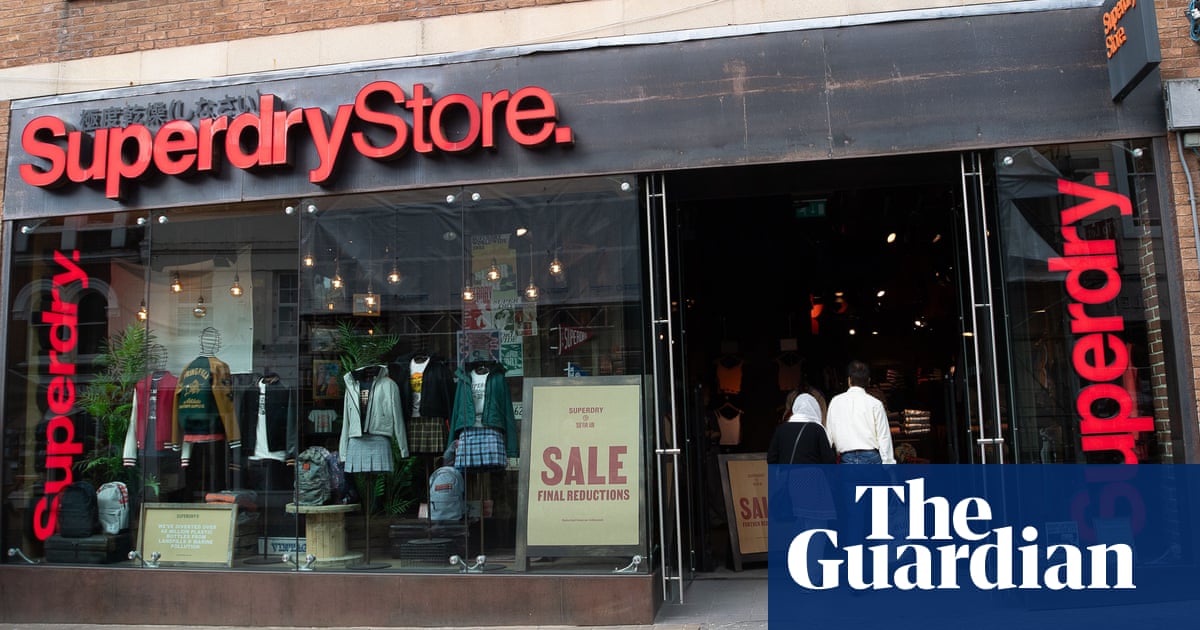
(Reuters) -Uber Technologies Inc on Wednesday reported widening losses even as trips and deliveries grew as driver incentives hit revenue at the ride-hail and food delivery company.
Uber posted an adjusted $509 million second-quarter loss before interest, taxes, depreciation and amortization - a metric that excludes one-time costs, including stock-based compensation - widening losses by nearly $150 million from the first quarter.
Uber shares were down 8% in after-hours trading after closing the regular session down 2.2%.
The company also warned investors that uncertainty from the Delta variant of the coronavirus continues to impact visibility into recovery.
Analysts on average had expected the company to report an adjusted EBITDA loss of around $324.5 million, Refinitiv data showed.
But Uber reaffirmed its goal of hitting profitability on an adjusted EBITDA basis at the end of this year and said it would reduce losses to $100 million in the third quarter.
The company took advantage of unrealized gains in its investments in Chinese ride-hail company Didi Global and self-driving company Aurora to post second-quarter net profit of $1.1 billion.
Uber said riders returned to its platform in greater numbers in July and it expects the trend to continue in the coming months, together with strong food delivery orders.
That assumes the more contagious Delta variant does not reverse a gradual reopening of the U.S. economy, an issue that rival Lyft Inc said on Tuesday it was monitoring.
Investors are worried about the ongoing shortage of drivers in the industry as demand ramps up. Lyft on Tuesday said it expected limited driver supply to continue in the next quarter, requiring further investments in driver incentives.
Uber on Wednesday said monthly active drivers and food delivery workers had increased by nearly 420,000 from February to July. U.S. ride-hail driver supply increased by 50% during that time. Passenger wait times in major U.S. cities also decreased during that time, the company said.
Uber spent a massive $250 million in driver incentive investment in the second quarter, which increased losses at its ride-hail business. Uber said mobility profitability will expand significantly as U.S. and Canadian driver investments fade, a trend it has witnessed in Australia and other markets.
The company had urged U.S. drivers to take advantage of the incentives before pay drops to pre-COVID-19 levels as more drivers return to the platform.
Total costs and expenses in the second quarter jumped by over 57% to $5.12 billion year over year.
Uber’s delivery unit, which includes restaurant delivery service Uber Eats, narrowed losses on a quarterly basis and more than doubled gross bookings from last year.
PP Foresight analyst Paolo Pescatore said Uber’s diversified business put the company in a better place for future growth.
“More so to offset any losses given the uncertainty surrounding the Delta variant later in the year,” Pescatore said.
Overall, the company reported second-quarter revenue of $3.9 billion, beating average analyst estimates of $3.75 billion, according to IBES data from Refinitiv.
Uber doubled down on Uber Eats, which has been a pandemic winner, by acquiring rival startup Postmates and last-mile alcohol delivery company Drizly.
Uber is also expanding its grocery delivery business, having announced partnerships with Albertsons Companies Inc and Costco Wholesale Corp.
In July, Uber also announced the acquisition of logistics company Transplace for about $2.25 billion in a boon to its freight delivery unit, which is now expected to break even on an adjusted EBITDA basis by the end of 2022.
Reporting by Tina Bellon in Austin, Texas and Akanksha Rana in BengaluruEditing by Peter Henderson and Matthew Lewis
Our Standards: The Thomson Reuters Trust Principles.










